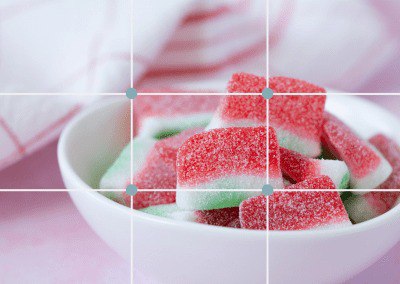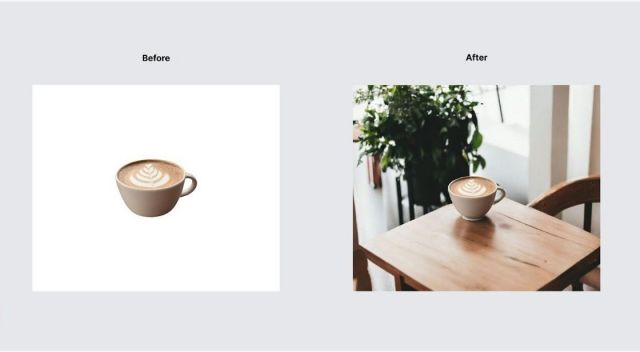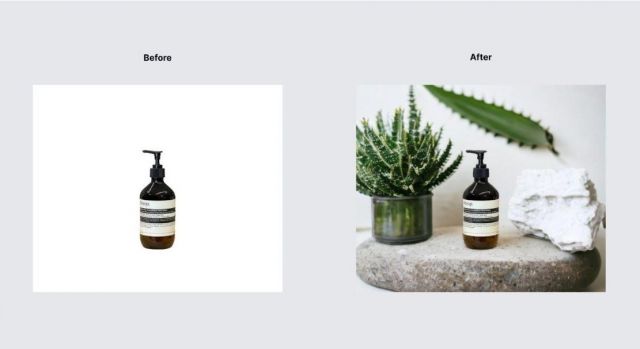Product Photography Tips with AI 2024: Unlocking Excellence with ImgBG.net
- Nov 30, 2023
- 1954

The significance of product photography resonates throughout the e-commerce landscape, impacting merchandising, sales, marketing, customer acquisition, and conversion rate optimization. A staggering 90% of shoppers deem high-quality photos as either "extremely important" or "very important" in their purchasing decisions. Furthermore, 60% of digital shoppers expect to see three or four images on average when perusing products online.
Consider product photos as ambassadors for your brand and the items you offer. They serve as conduits of vital information, fostering trust with customers and igniting a desire for your products. This not only directly influences individual sales but also has the potential to elevate the lifetime value of your customer base.
Yet, achieving consistently high-quality product photos across an extensive inventory, especially one numbering in the hundreds or thousands, is a formidable challenge. The intricate dance of factors includes setting up optimal lighting, mastering composition and framing, choosing the right background, refining product styling, and employing effective post-editing techniques.
This article unveils five proven tips to help you capture stellar product photographs and elevate them using cutting-edge generative AI techniques, with a focus on ImgBG.net—a tool that transcends traditional boundaries to redefine product photography excellence.
1. Optimal Lighting in Product Photography

Light serves as a fundamental element in photography, profoundly influencing the overall quality of an image. The choice of lighting significantly impacts the tone, appearance, and level of detail visible in the photographed object. Intentional use of light can evoke various emotions—heavy shadows may introduce drama or mystery, while bright, uniform lighting conveys clarity.
Achieving optimal lighting for product photographs involves maintaining the right exposure, employing clean and uniform lighting, and ensuring accurate white balance to represent product colors true to life. Striking a balance is crucial; overexposure can obscure details and colors, while underexposure results in a flat, dull image that fails to flatter the product. This equilibrium is attained through a blend of lighting techniques and camera settings.
For product photos, lighting should be direct, uniform, and devoid of harsh shadows and reflections. This can be achieved through either natural light or studio light. Natural light, especially from a window, is an ideal and cost-effective solution for those without access to studio equipment. Setting up a shooting platform close to the window and positioning the product at a 90-degree angle ensures uniform light distribution.
Studio lighting, facilitated by tools like spotlights, softboxes, strobe lights, diffusers, or flashbulbs, provides controlled illumination. Continuous lighting, such as spotlights, softboxes, or diffusers, is often preferred for product shots due to its steady and consistent coverage. While studio lighting offers extensive control, it necessitates an understanding of single- and multi-point light setups, adding complexity but also flexibility.
Camera settings play a crucial role in achieving the desired exposure based on the subject and chosen light source. Considerations include:
-
Aperture determines how wide the lens is, influencing the amount of light entering.
-
Shutter Speed: This determines how quickly the shutter opens and closes; faster speeds let in less light.
-
ISO: Reflects the camera's sensitivity to light; higher ISO values indicate increased sensitivity.
Experimentation with these settings is essential to achieving both proper focus and exposure in your images.
Recognizing that not all photographs will be perfect, post-processing tools can be a valuable last resort. PhotoRoom, for instance, provides solutions to address lighting and shadows after the shoot:
-
Add an artificial shadow to your product using AI technology.
-
Elevate image quality by adjusting colors and sharpening product images.
-
Emphasize the foreground object by lighting it to become the focal point.
-
Enhance your image further by making quick adjustments to colors, contrast, shadows, hue, saturation, and brightness with just one click.
2. Composition in Product Photography

Similar to lighting, composition stands as a critical element in product photography, influencing how objects are arranged within a frame or image. It acts as a visual guide, capturing users' attention and directing their focus towards specific features of your products.
A well-thought-out composition not only ensures visual appeal but also enhances customer interest, creating a connection between your brand and potential buyers. A carefully composed photo has the power to quickly captivate attention and encourage engagement with your brand and content.
Composition is a multifaceted aspect, encompassing various techniques that collectively shape the image. These techniques include:
-
Framing is the foundational process of choosing what to include and exclude within the frame. In product photography, determining how much of the frame a product occupies and what else is included is crucial for directing attention to specific subjects and objects.
-
Rule of Thirds: A technique involving dividing the image into nine equal parts with intersecting lines Placing the main subject, or focal point, at these intersections creates a visually engaging and balanced composition. Professional product photographers strategically position their subjects using this rule for optimal visual impact.
-
Symmetry refers to the balanced arrangement of elements within product photography, instilling a sense of stability and order. Ideal for precision-demanding products like jewelry, symmetry creates a visually pleasing composition. Alternatively, asymmetry can be explored to inject movement and energy into the photo.
-
Leading Lines: Observable or subtle lines within the image that guide the viewer's eye towards a specific focal point. Placing the product thoughtfully within the frame and considering how other elements' lines interact with the focal point enhances the overall composition. The image below illustrates a subtle leading line directing attention toward the primary object.

Mastering these composition techniques empowers photographers to create visually compelling product images that resonate with their audience. As with any art form, experimentation and a keen eye for detail are key to achieving outstanding results in product photography composition.

